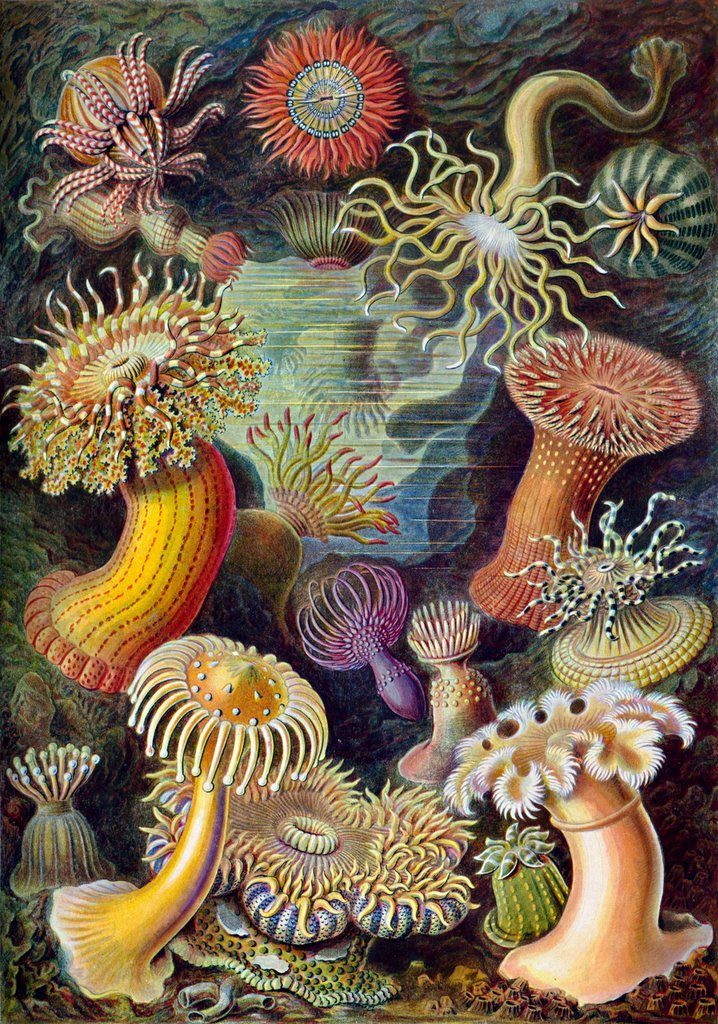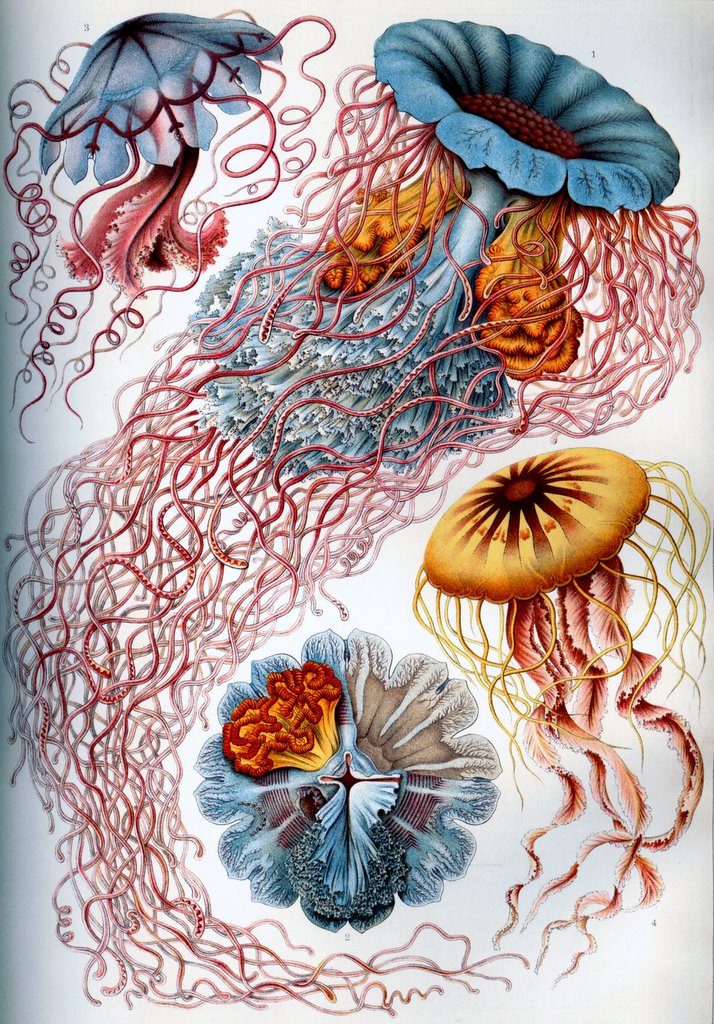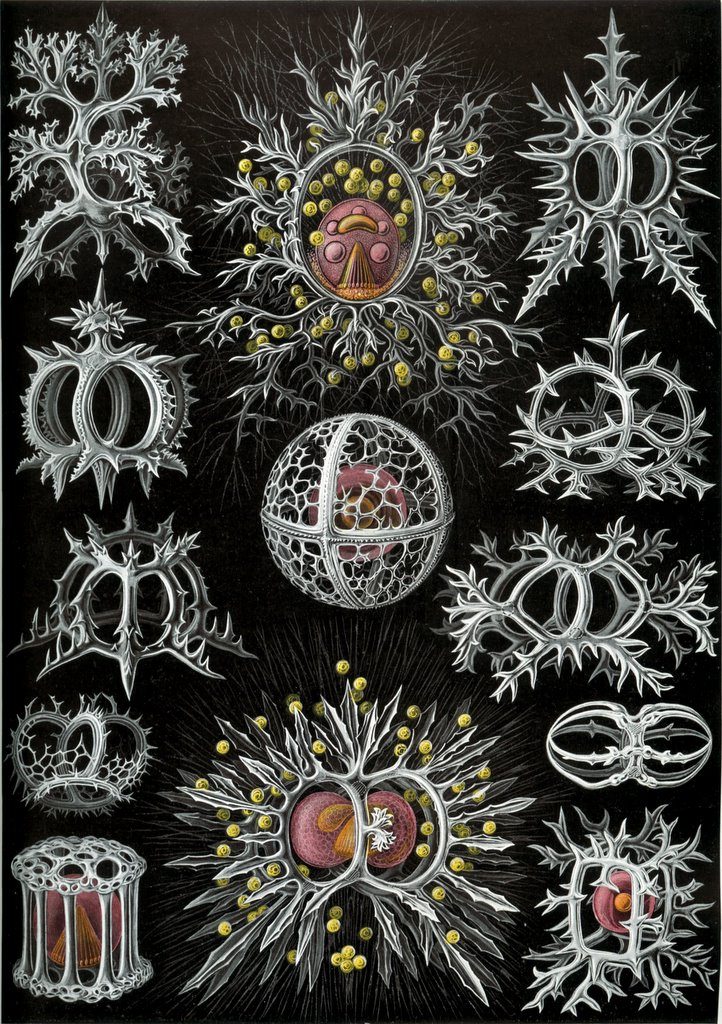I was fortunate enough to receive an advance reading copy of Chris Anderson’s The Long Tail (which was just released yesterday). Well after Anderson announced 100 free copies for blog reviewers (which were claimed within hours), I sent him an email about my previous Long Tail related blogging and my brief thoughts on the potential for a Long Tail analysis of science. His publisher apparently thinks blog review buzz is a good investment, because I got a copy just a few days later (this past Saturday). I plan to post about science and the Long Tail some time soon (update: see post here) , but without futher ado, my review of the book:
Chris Anderson’s concept of The Long Tail (read the Wikipedia article if you’re unfamiliar with it), widely known since his Wired magazine article in 2004 of the same name, is one of those ideas that opens up a box of other ideas; an intellectual tool for creating insights into many different domains. It started as a sort of pop-economics idea applied to digital entertainment: the internet opens up the entertainment market so that people can find niche content that appeals to them, rather than lowest-common-denominator radio hits and blockbuster movies.
Pretty soon, Anderson realized that concept had potential far beyond the entertainment industry; eBay, Google, Amazon, iTunes, and a host of other businesses were tapping into information technology-driven Long Tails. Anderson decided to expand his ideas into a book, and along the way, blog about the ideas he was developing.
The Long Tail blog was and continues to be a very interesting read. It often features fairly detailed econometric discussion along with speculation about the cultural implications, with mathematical digressions and nice graphs. The readers’ comments pushed Anderson to be thorough and precise, and gave him plenty of new ideas.
Unfortunately, the book does not deliver on the potential of Anderson’s concept. Anderson looks at the “Short Head” of watered-down hits and says “good riddance,” but his book is written to appeal a little bit to everyone. The graphs are almost uniformly qualitative (in fact, almost every graph of the long tail has the same proportions), the numerical detail is minimal, and structure is loose and repetitive. At a slim 226 pages, mostly anecdote and repitition, the book version is unlikely to challenge those already familiar with The Long Tail.
At times, the prose seems like the output of a context-free grammar program (like the classic automatic complaint letter generator, or the scholarly PoMo version) built from infomercial transcripts. To give you a taste, the following phrases appear on a single page (with a few liberal paraphrases on my part):
- “In other, more obvious words, [the same thing I just said]”
- “The calculation goes a little like this”
- “It doesn’t have to be that way”
- “A traditional retailer would have to… Yet as we’ve already learned…”
- “That’s the dirty little secret of traditional retail”
- “In a nutshell, [act now and The Long Tail can be yours for just three easy payments of $49.95]”
In part, Anderson seems to have ignored the very lessons he tries to teach his readers, about the value of niche content and uncompromised cultural products. Or maybe he learned the lesson too well; an early anecdote in the book explains how a strong online following can pave the way for mainstream success once a potential hit does finally hit the market. And Anderson’s blogger fanbase has already launched the book to #10 (and probabably rising) in Amazon’s daily sales rank for books. I guess he knew when to ditch the nerds and go for the mainstream jugular. Too bad he didn’t publish two versions, as the people who would ultimately get the most out of this are not well served by the “hit” version.
When I start publishing, I’m going to have three versions of my book, so that the 2 or 3 people who would actually want a scholarly monograph on whatever my subject is will get it, other professional historians can get a normal-sized academic book, and grad students and, perish the thought, even a general audience can a concise book that doesn’t bog them down with details.


 Update (2/28/06): This post is part of this week’s
Update (2/28/06): This post is part of this week’s